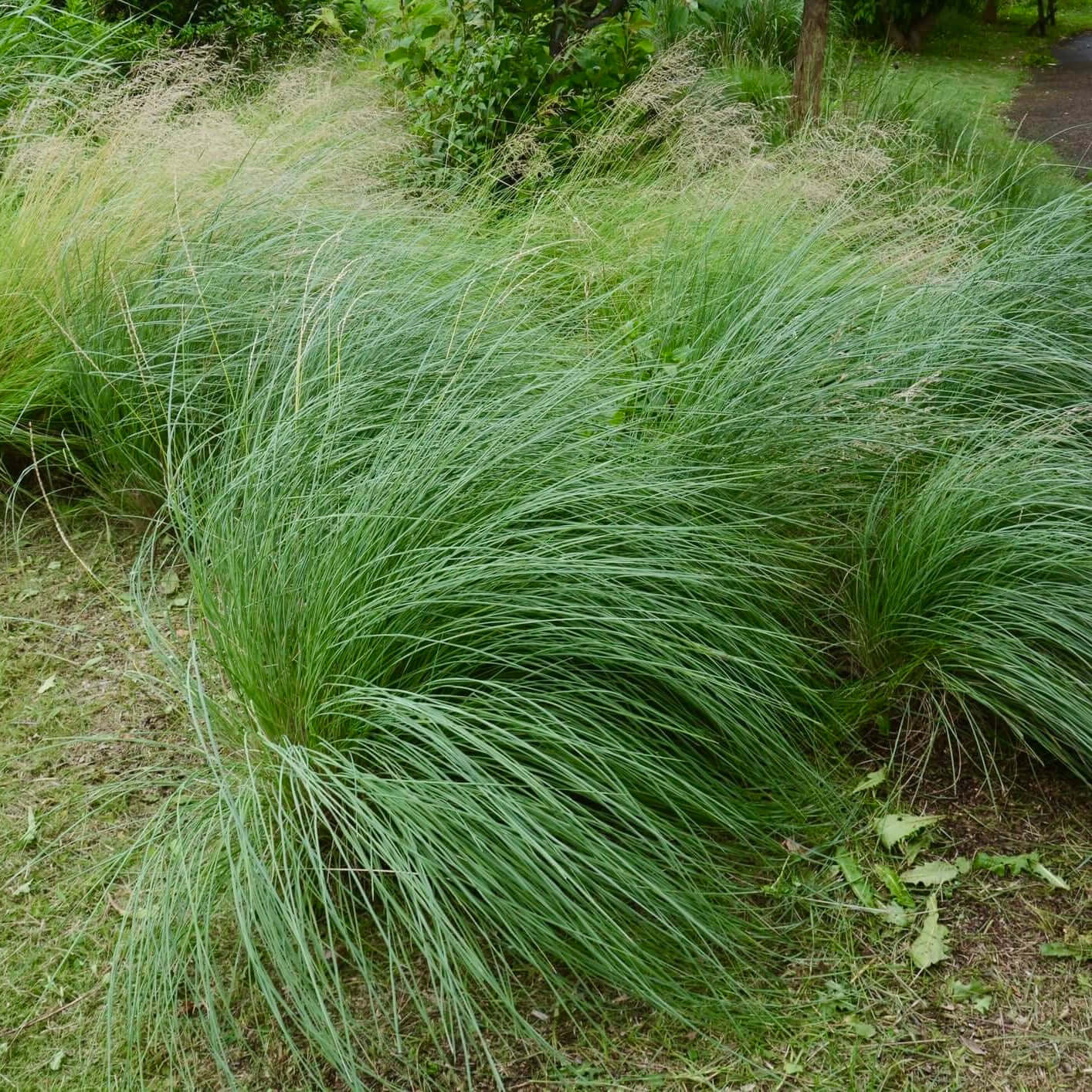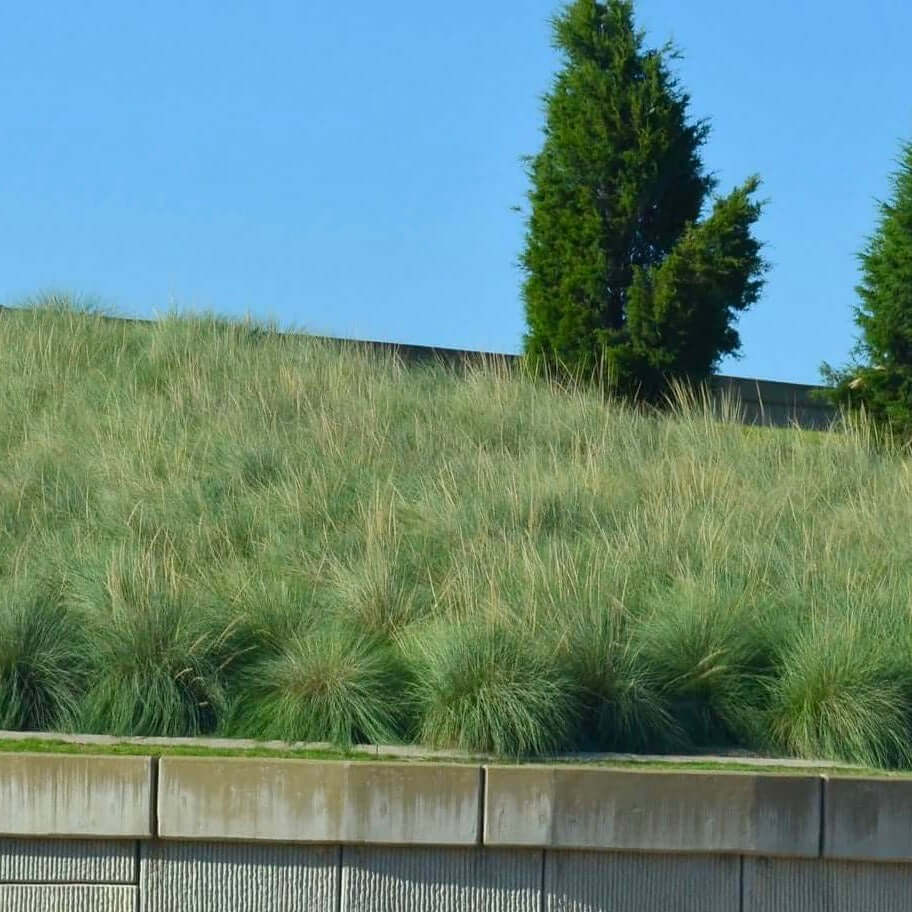
Deer Grass
Muhlenbergia rigens
Delivery
24-hour money-back guarantee
Free delivery on orders over $349
Big Project? Call 888-444-1126 for bulk rates!
Looking to add a touch of natural beauty and tranquility to your outdoor space? Look no further than Muhlenbergia rigens, commonly known as Deer Grass. This stunning ornamental grass is the perfect addition to any homeowner's garden or landscape.
With its graceful arching foliage and delicate feathery plumes, Deer Grass adds texture, movement, and visual interest to your yard. Whether planted as a focal point in a container or massed together for a striking border, this versatile plant is sure to elevate the look of your property.
Deer Grass is low-maintenance and drought-tolerant once established, making it an ideal choice for busy homeowners looking for easy-care landscaping options. It thrives in full sun and well-drained soil but can also tolerate partial shade with proper care.
This hardy perennial grass attracts wildlife such as birds and butterflies while repelling deer due to its sharp-edged leaves – giving you peace of mind that your garden will remain untouched by unwanted visitors.
Add Deer Grass to your landscape design for year-round interest. In spring, new green growth emerges from the base of the plant before maturing into golden brown seed heads in late summer. The foliage turns a beautiful bronze hue in fall, providing color throughout the changing seasons.
How tall and wide does Deer Grass grow?
When does Deer Grass bloom?
What kind of sunlight and soil does it prefer?
How much water does it need?
3-6 ft.
4-5 ft.
Low
Birds, Caterpillars, Pollinators
Perfect Your Landscape With Expert Help
Customize your yard with confidence. Schedule your free consultation today and bring your outdoor space to life!

